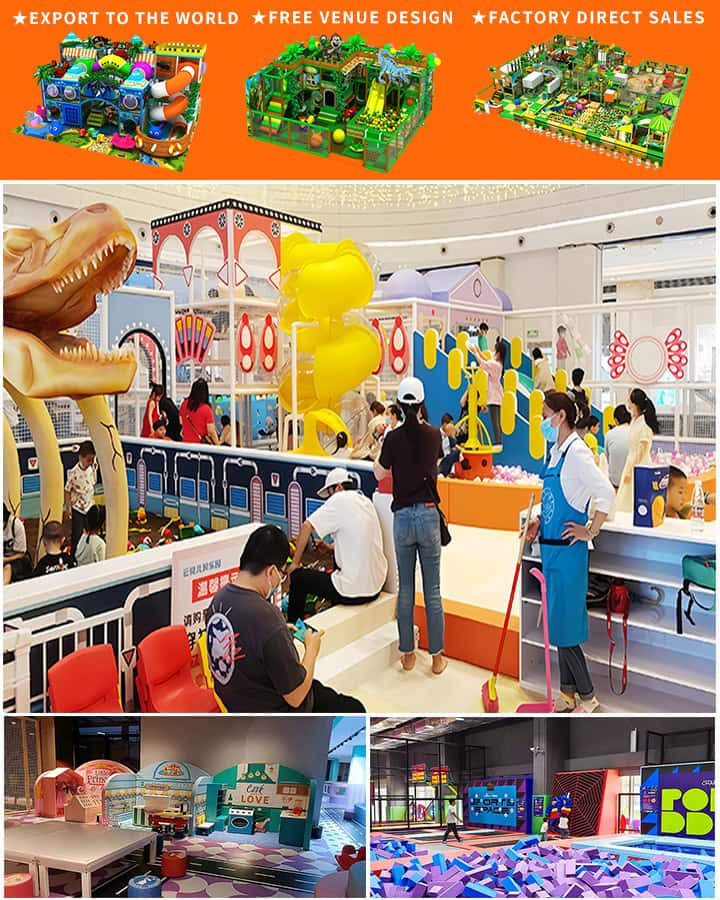Indoor playground equipment is not just a source of entertainment; it plays an essential role in the holistic development of preschoolers. As children grow, they need opportunities to explore their environment, develop physical skills, and engage in social interactions. Indoor playgrounds provide a safe and controlled setting where preschoolers can do all this and more. This article delves into the various benefits of indoor playground equipment for young children and highlights why investing in such facilities is crucial for early childhood development.
Physical Development
One of the most apparent benefits of indoor playground equipment is its contribution to physical development. Preschoolers are at a stage in their lives where they are learning to coordinate their movements, improve their motor skills, and build strength and agility. Climbing structures, slides, and balance beams challenge children to use different muscle groups and enhance their coordination. By engaging in activities that require them to climb, jump, and run, preschoolers improve their gross motor skills, which are fundamental for overall physical health and future athletic pursuits.
Cognitive Development

Indoor playground equipment also offers significant cognitive benefits. Problem-solving activities, such as navigating obstacle courses or figuring out how to get from one platform to another, stimulate cognitive development. These challenges encourage children to think critically and make decisions. Moreover, many indoor playgrounds incorporate educational elements like puzzles, shape sorters, and interactive panels that promote learning through play. Such activities enhance cognitive skills, including memory, attention, and problem-solving abilities.
Social Skills
Social interaction is another crucial aspect of preschooler development, and indoor playgrounds provide a perfect setting for this. When children play together on playground equipment, they learn important social skills such as sharing, taking turns, and collaborating with others. These interactions help them understand social cues and develop empathy. Additionally, the diverse age group in indoor playgrounds allows younger children to observe and learn from older ones, fostering a sense of community and cooperation.
Emotional Well-being
The emotional benefits of indoor playground equipment shouldn’t be overlooked either. A positive play environment can reduce stress and anxiety, providing a much-needed break from structured activities like schoolwork. The joy and excitement that come from playing on swings, slides, and seesaws can boost a child’s mood and overall well-being. Additionally, the accomplishment of mastering new physical challenges builds self-confidence and resilience, which are essential traits for emotional growth.
Safety and Convenience
Safety is paramount when considering play environments for preschoolers. Indoor playgrounds offer a controlled environment where parents can monitor their children closely, reducing the risks associated with outdoor play areas. Furthermore, indoor equipment is designed to meet safety standards, minimizing the likelihood of accidents and injuries. The convenience of having an indoor facility means that children can enjoy playtime regardless of weather conditions, ensuring consistent physical activity throughout the year.
Conclusion
Investing in indoor playground equipment for preschoolers is a wise decision that yields numerous benefits for physical, cognitive, social, and emotional development. These facilities provide a safe and enriching environment where children can explore, learn, and grow at their own pace. By prioritizing indoor play spaces, we can ensure that our youngest generations have the tools they need to develop holistically and thrive both now and in the future




